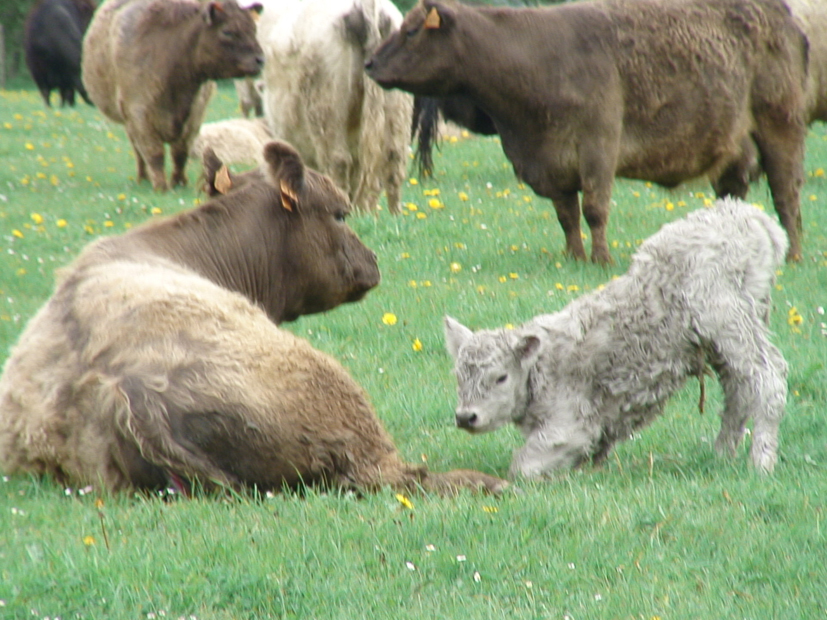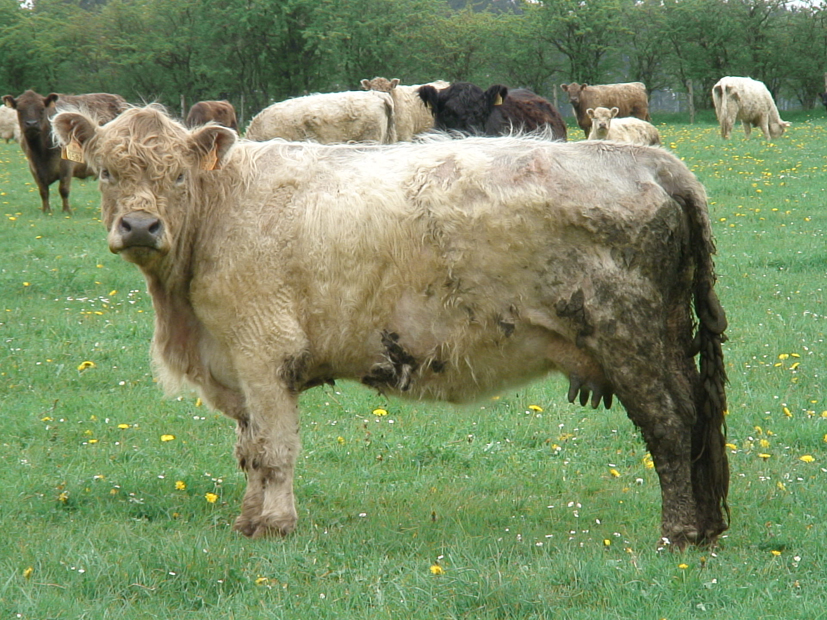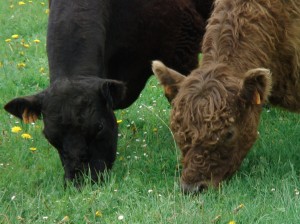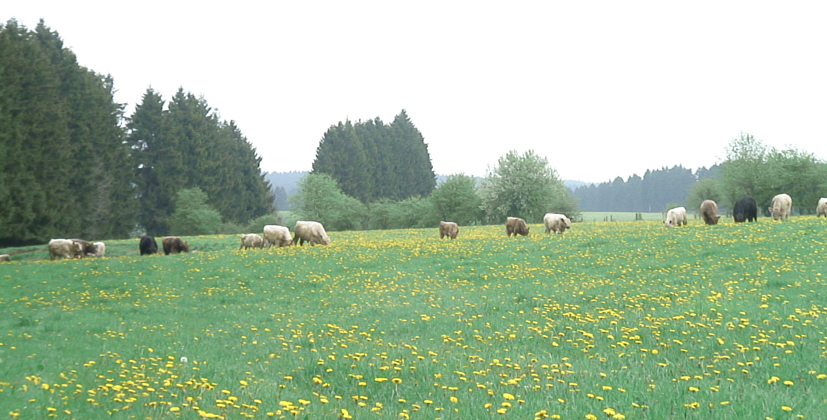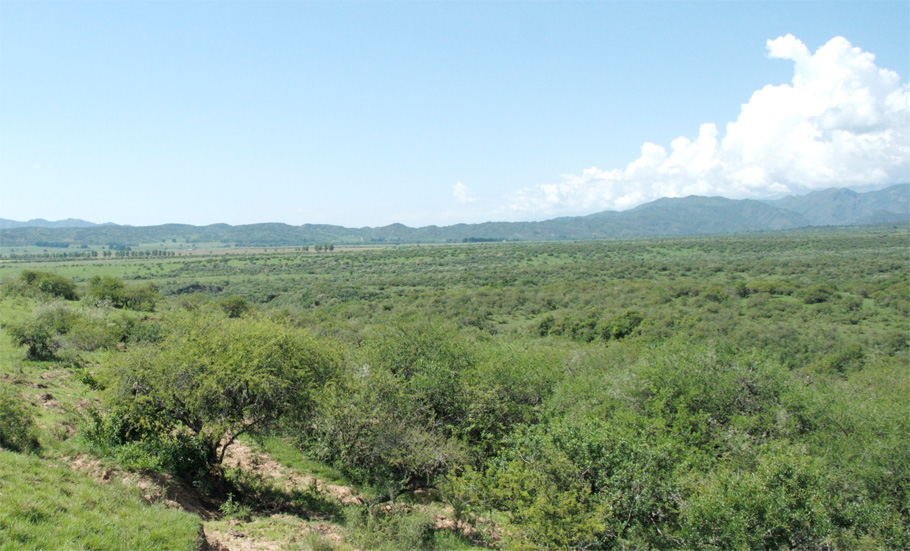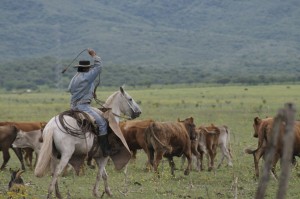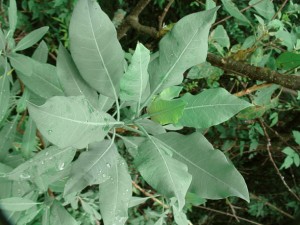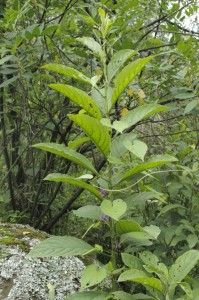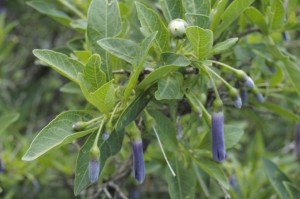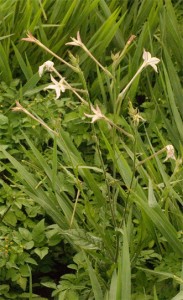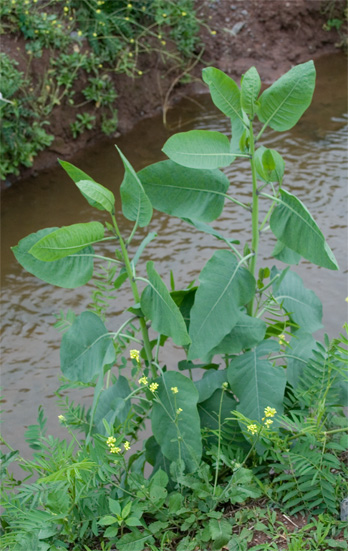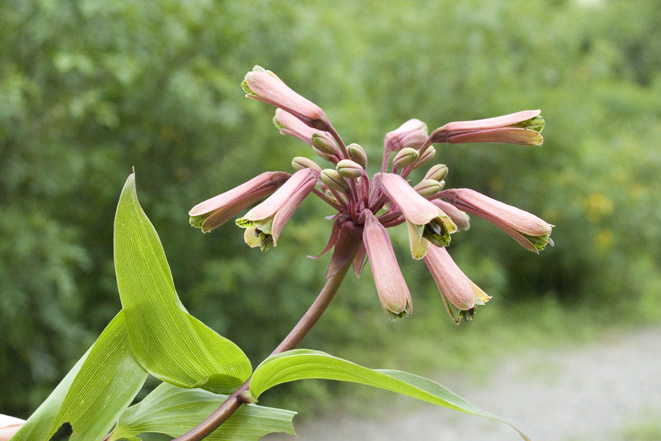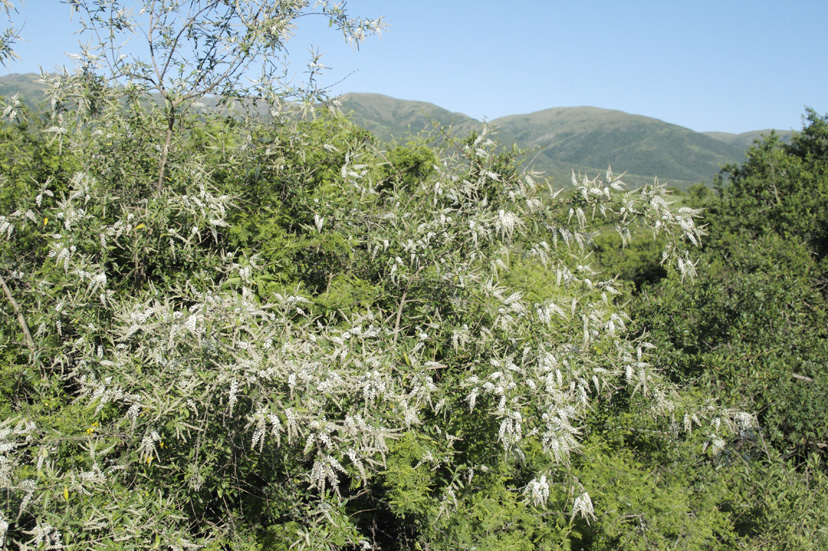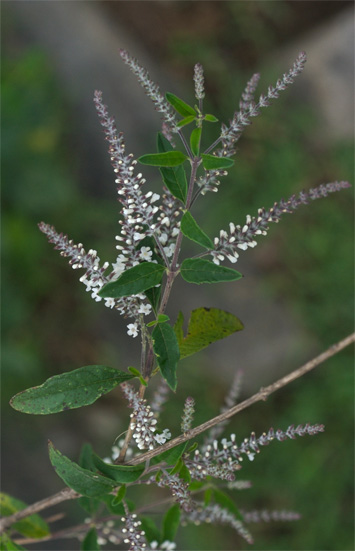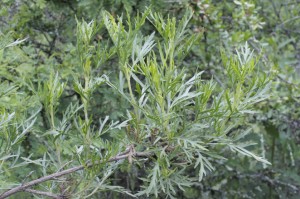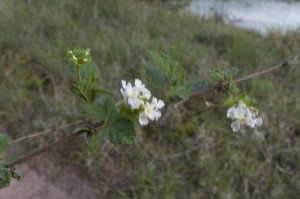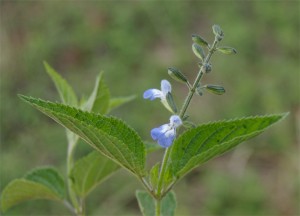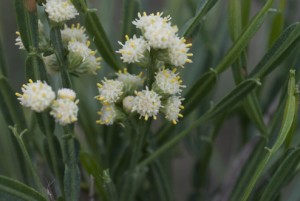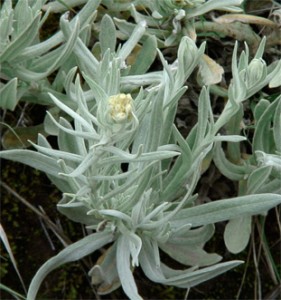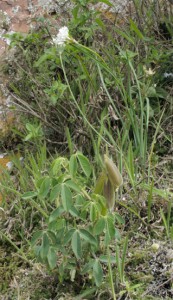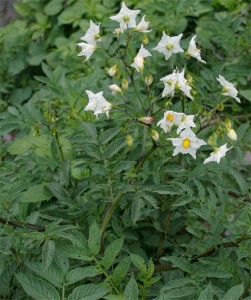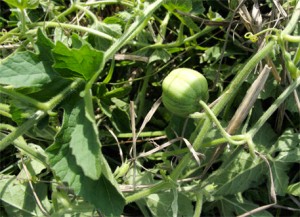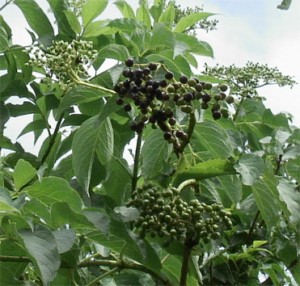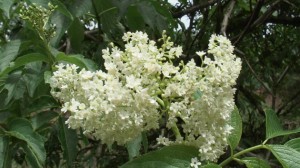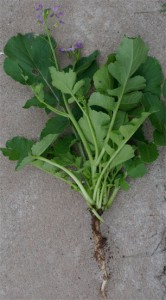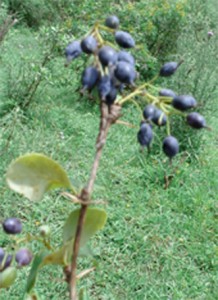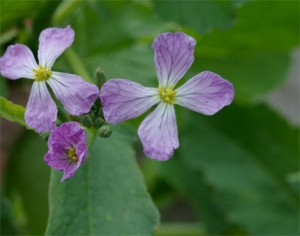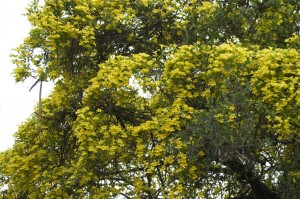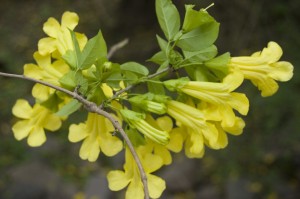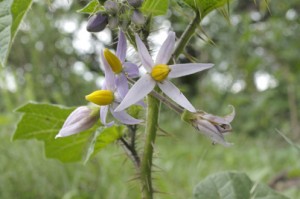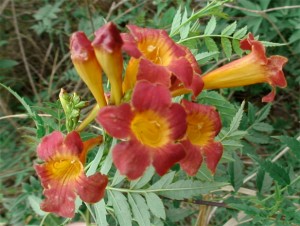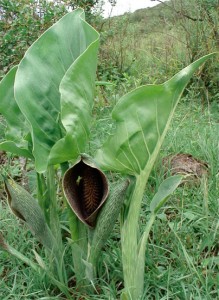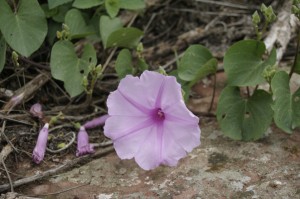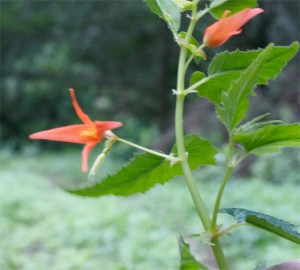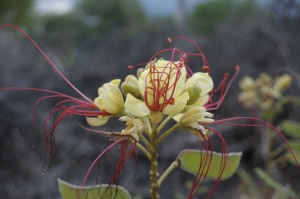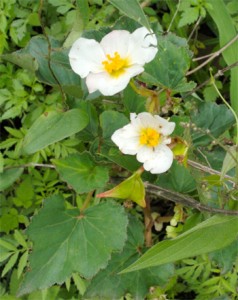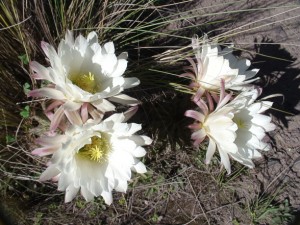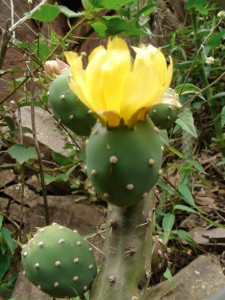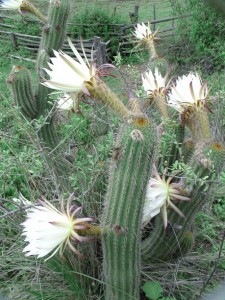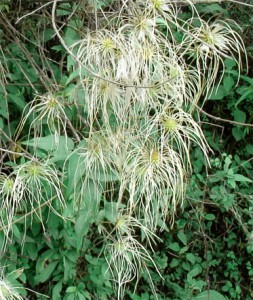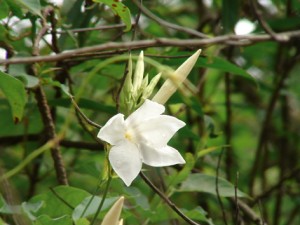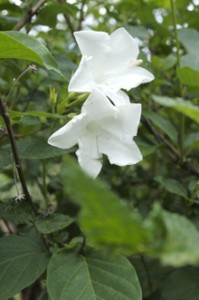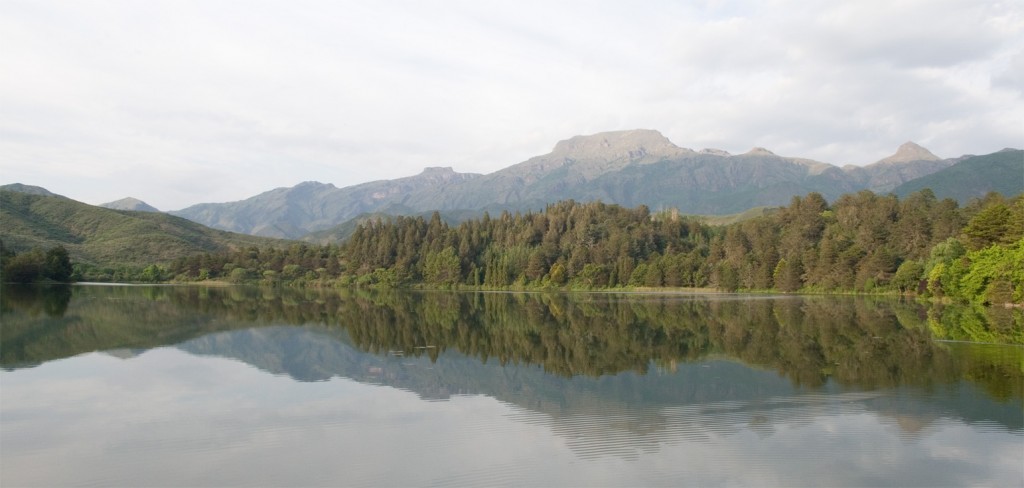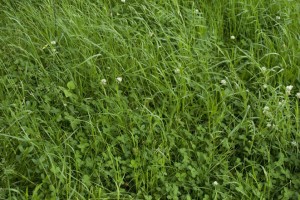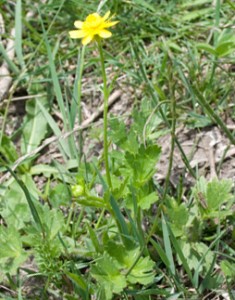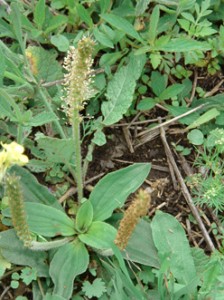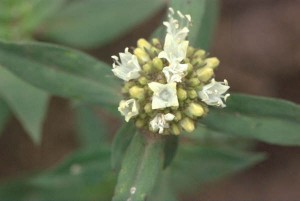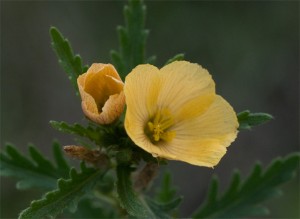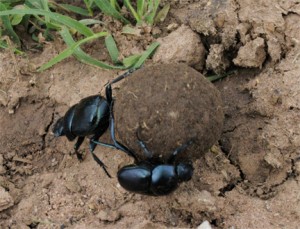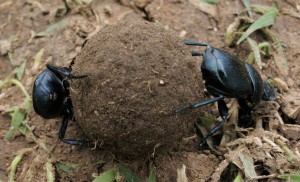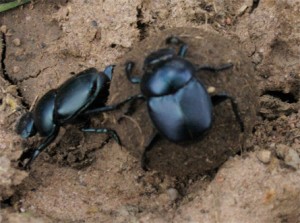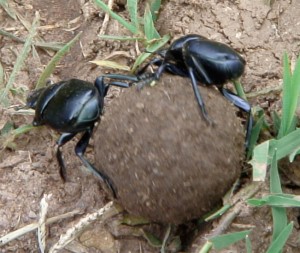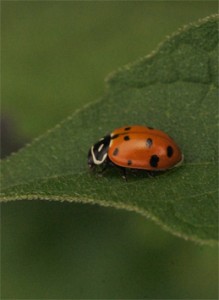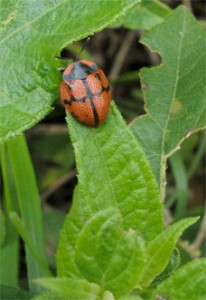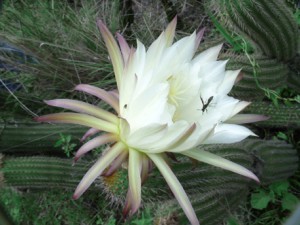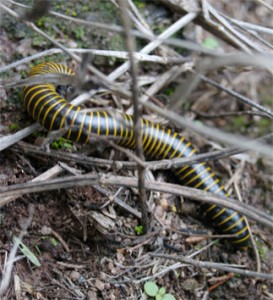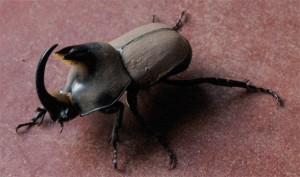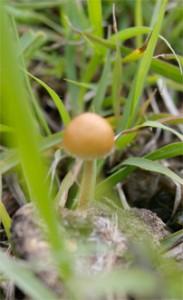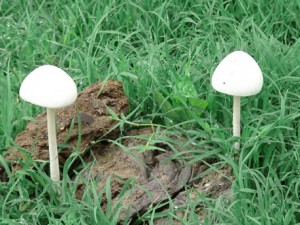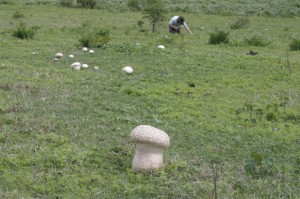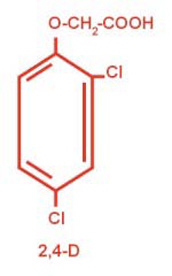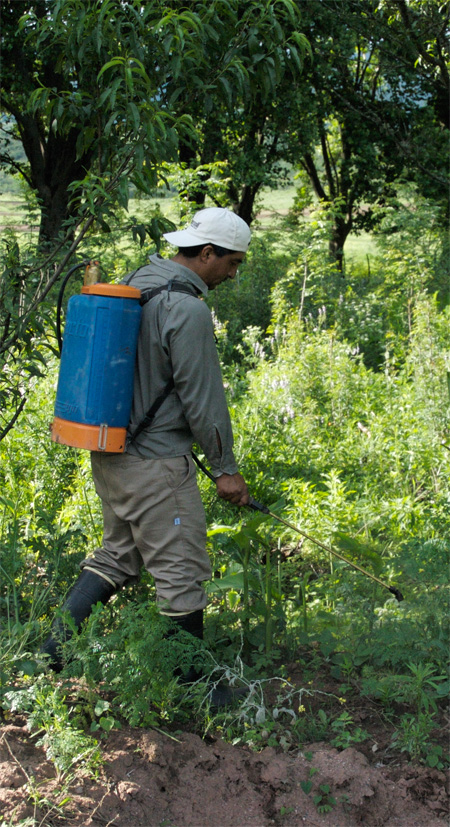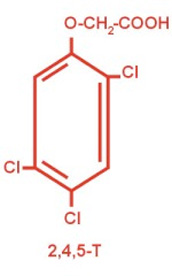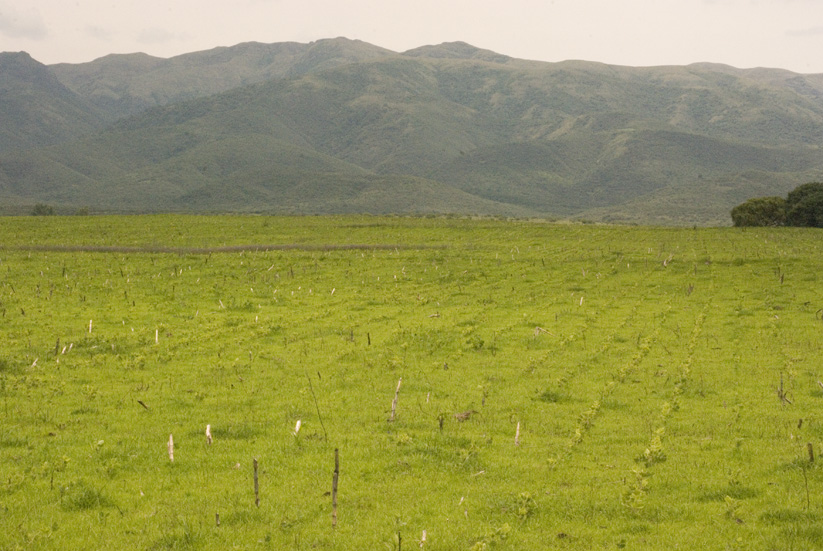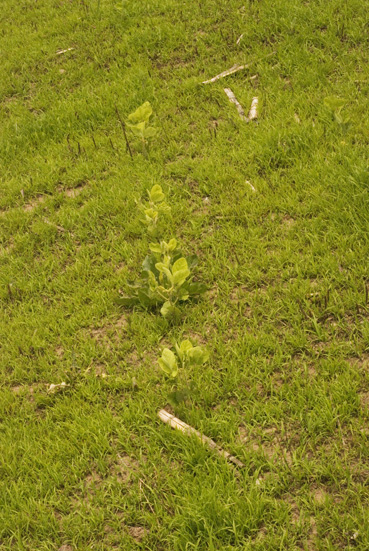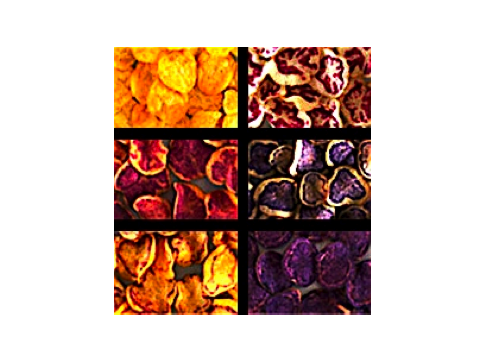Are pesticides changing of climate or of planet?
December 11th, 2009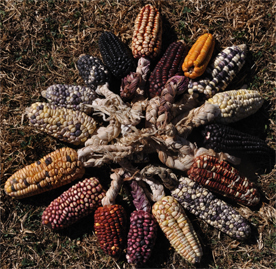
Dear friends, an incredible thing happenned this week, on the side of the Copenhagen Climate Conference, a true mental climate change, heart warming, a real good news : the very respected Routhamsted Center for Research is communicating on the fact that there you dont need pesticide and fertilizer to produce corn.
Yes, you are not dreaming, the news is coming from one of the most advancedhigh tech agro lab in Europe, heir to the 2nd world war effort, to the tradition of the inventors of the Orange Agent, the GM crops, etc. Prof. John Pickett chief of the Pesticide and fongicide department, recently renamed “Biological Chemistry Laboratory” of the centeralso renamed “sutainable pest and disease management centre”, those who have invented the synthetic Pyrethrum, as welle as many other products that we find in the end in our plates, that we fix little by little in our body while eating vegetable and fruits. And suddenly without notice this package of pesticide and fertilizer is producing toxic algaes on our shores, killing the animals which eat them. we would like to transform this biomass but it is not yet a priority, hence the million euros it is costing already (800M euros in France only) (by the way dont see anything religious in the biomass).
Of course the very sympathetic professor Pickett is not denying his old love in inorganic chemistry and magic powders which make the joy of commerce and debt of the farmers. But now his speach is clear and radical on the BBC and on the web “Developping countries, you dont need pesticides and fertilizer anymore to grow your corn: we ahve designed for you the “Push & Pull” technique, which will enhance your crops by 50 to 600%.
What is it all about? To use what nature is offering us to get bthe best out of it at the lowest cost possible.
More than a generous soil and water, to grow, corn needs two things : nitrogen as fertilizer and to avoid the small worms of corn borer, little mothswho elected the corn pods as the five star hatchery of the century. Our brillant lab nspired itself from the research of the famous botanist Josia Braun-Blanquet, published in 1922 in his book “the plant sociology”; a book sold out, which I finaly was able to get when Bradford University’s library decided to clean up its shelves from its’ old books, judged unfitted for the modern farmer.
Still, Braun-Blanquet’s “the Plant sociology” as Rudolf Steiner’s “Agriculture courses” de Rudolf Steiner, the “inventor” of biodynamy, should be the two reference books for any farmer, to my opinion.
So what are we talking about? To plant corm together with two other plants : one to protect it against pests, the other to purvey fertilizer and attract all the insects predators of the pests.
The first is a gramineae, the Pennisetum purpureum, better known as the elephant grass, as it can reach 3m high and is the appreciated by all the dumbos of Kenya. It is also the preferate food of corn stem borers. the little moth which destroys corn likes it better than corn: but when it lay its eggs on it the intelligent plant knows exactly what to do : it produces a liquid which disolve the eggs. How impresive is nature, dont you find? Above all the roots of thos plant does not spread at the same level as corn, it goes far deeper and so it stops erosion and helps water to penetrate the soil far better while keeping humidity for the corn which really needs it in summer. Our herb is stopping soil perspiration. Not bad.
The second plant to be sown together with the corn is a legume, the Desmodium Ssp, a sort of bean. It is well known now, the legumes are champions to fix in the soil the nitrogen of the air, thanks to the nodosities they have in their roots and to the bunch of fungi mycelia it lives together with. So no need of fertilizer for the corn anymore. The Desmodium Ssp. also produce nice little pink flowers which attract all the tiny wasps of the area, like young teens around the last Galliano’s perfume. And guess what? The preferate food of these wasps is the little moths which threat the corns and which our elephant grass attracts in such quantities. Desmodium can fix up to 200 to 250kg of nitrogen in an hectare, Remember in Agriculture the excess is always worse than the countrary. In case there is two much nitrogen our legume are going to provoque the growth of asteraceae, little flowers and medicinal plants which also attract the helpfull tiny wasps and other pollinators.
So as we are planting, why not some asteraceae all around the field, like sunflower or the famous Yacon, Yacon root Smallanthus sonchifolia, and what about some radishes like the Raphanus sativus niger, or maca, Lepidium meyenii, which will bring their dose of sulfur and keep the predators away from our asteraceaes…
The result? Instead of just one crop of corn, we get more and better corn, fourage for the cattle, a crop of sunflower seeds, of yacon roots, black and horse radish and maca full of vitamins. Not bad at all.
Above all we will have a nice green field of year long, full of flowers and life. Because to get a good result we do not till the soil; the desmodium and the corn are sown direct and the rest simply cast on top of the soil. Not too tiring, is it? Above all the desmodium and the elephant grass is perennial. Once it is sown it there for years and the field will always be fertilized and humid.
At the same time as introducing this protocole to cultivate corn in Argentina, we started a second protocole to destress the paesant in charge of the kitchen garden. We called it the protocole of the Inca, as it is inspired from the ancien techniques found in the archeological remains around Puno in Peru, along the Titicaca lake, a technique which is still used by the Hopi indians in the States :
In the same rectangle we have sown all the different varieties of corn we could find, all different colours. The farmer wanted absolutly to till the land by hand, though we told us that it was of no use. You see if he does not work he feals he does not diserve his salary. Any work means to be paid, even if it useless.
At the foot of each stem of corn we told him to plant a pea a bean and a green bean, in between each rows we told him to pant pumkin and other cucurbitaceae. At the end of the row facing the sun a yacon root and opposite a sunflower, all around radishes and maca. His little garden suddenly transformed itself into a plat village, in which each plant has its role among the community in a perfect harmony, enriching the soil and preserving water. All grows perfectly well and in a few days we will get 7 crops instead of our only crop of corn.
With all this biodiversity of food we have now to be clever on gastronomy. If everybody follows this example, it gives hope for the future of food security of our planet.
This is what I call a good demo of agricultural design.
This example needs to be followed, to forget about all these scaremongers who want to sell their chemistry as an excuse to save the planet, when they destroy it. Thank you and bravo Professor Pickett.
Remember, December 1984, 25 years ago : Bhopal, hundreds of thousands of dead in one night and the environment destroyed for god knows ho long. In Bhopal, Dominique Lapierre is still fighting to help the survivors to recover and live decently ; apart from giving all the rights of his world best seller books to the foundation “City of Joy”, he travels the whole planet to spread the message so that it wont happen never again.
If we had explained to the Indian farmers that they could do without pesticide to accomplish the Green Revolution, it wouldn’t have happened. One does not build a factory that creates no benefit.
Remember the Zyclon B of the Nazi camps, 5 million dead ; more recently the organophosphorus gas projectiles received by the Kurdes of Halabja in 1988, Falloujah in 2004, Lebanon in 2006 … Here are the type of “side products” of the research you are supporting when buying pesticides. Think it over, pesticide and herbicide are meant to kill.
There is no use in killing nature blindly. Learn about life and how it works first. You can earn much more by applying the sort of techniques we have described today.
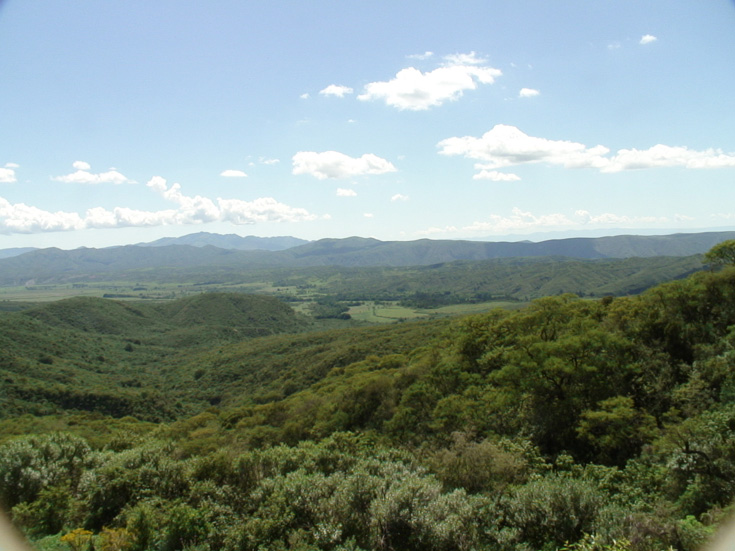
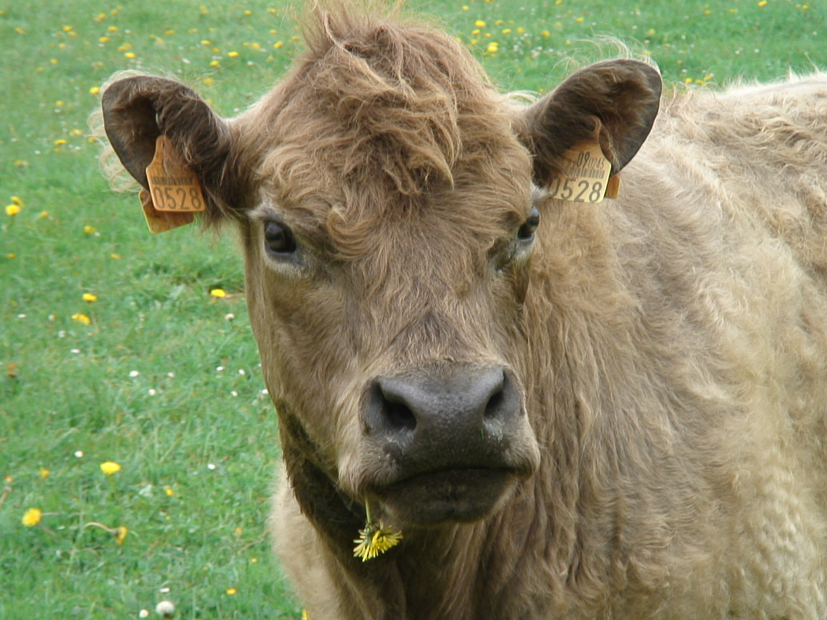 Most of cows’ illnesses come from their food. It is the biodiversity of what they eat that build their Immunitary defenses; beware excesses, they can destoy these defenses in a glimpse.
Most of cows’ illnesses come from their food. It is the biodiversity of what they eat that build their Immunitary defenses; beware excesses, they can destoy these defenses in a glimpse.